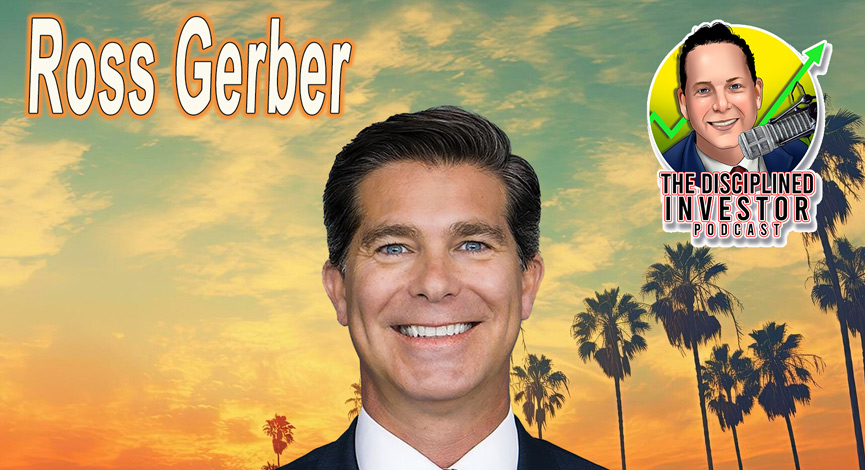Investors have a choice today that they did not have just a decade ago. They can seek investing and retirement planning guidance from a human financial advisor or put their invested assets in the hands of a robo-advisor – a software program that maintains their portfolio. When we talk about robo-advisors, we are specifically looking at the machine driven investment programs designed to rebalance the portfolio back to a model every so often. There is little or no investment selection beyond ETFs and the main selling points are that it is cheap and circumvents human interaction. (Note: Another name for human interaction is Investment Advisor)
Why would an investor want to leave all that decision making up to a computer? How does less oversight from a professional advisor benefit the investor – aside from the potential of somewhat lower fees? In this era of cybercrime and “flash crashes” on Wall Street, doesn’t that seem a little chancy?
No, not to the financial firms touting robo-advisors. They are wooing millennials, in particular. Some robo-advisor accounts offer very low minimums and fees, and younger investors who want to “set it and forget it” or have their asset allocations gradually adjusted with time represent the prime market. In the 12 months between July 2014 and July 2015 alone, invested assets under management by robo-advisors more than doubled. Over the past year is is estimated that it is going to double again. Impressive or a suckers game?
Even so, only 5% of investors responding to a recent Wells Fargo/Gallup survey said they had used a robo-advisor, and fewer than half those polled even knew what a robo-advisor was.
A cost-conscious investor may ask, “What’s so bad about using a robo-advisor?” After all, taxpayers and tax preparers use tax prep software to fill out 1040 forms each year, and that seems to work well. Why shouldn’t investors rely on investment software?
The problem is the lack of a human element. Investors at all stages of life appreciate when a financial professional takes time to understand them, to know their goals and their story. A software program cannot gain that understanding, even with input from a questionnaire. This is precisely why we have created the eNVESTOLOGY platform to merge the best of the robo technology with advisor crafted portfolio selection and management.
What we have heard is that the closer you get to retirement age, the less appealing a robo-advisor becomes. The software they use can’t yet perform retirement planning – and after 50, people have financial concerns far beyond investment yields. Investment management does not equal retirement planning, estate planning, or risk management.
As robo-advisors first appeared in 2010, they have never faced a bear market. Passive investment management is one of their hallmarks. How well with their algorithms respond and rebalance a portfolio when the bears come out? That has yet to be seen. Yes, captains and pilots may utilize the autopilot during many voyages, but when a storm hits – they take over the controls. This is why it is important to be able to have an experienced advisory at the helm to help navigate portfolios during tough market environments.
Does a robo-advisor have a fiduciary duty? Many investment and retirement planning professionals assume a fiduciary role for their clients. They have an ethical and legal duty to provide advice that is in the client’s best interest. How many robo-advisors have developed the discernment to do this?
The robo-advisor “revolution” may be fleeting. Why, exactly? The whole robo-advisor business model may invite the demise of many of these firms. Robo-advisors pride themselves on low account fees, but as CNBC reports, those fees are now so minimal that many robo-advisors are having a hard time making back their client acquisition costs. Ultimately, robo-advisors may be remembered for the way they stimulated the financial services giants to offer lower-minimum, lower-cost investment tools.
Learn more about what we are thinking about regarding Robo-Advisors in The Disciplined Investor Podcast – Episode 509
The robo-advisor revolution has helped to create hybrid platforms. Some robos now offer investors the chance to talk to a real, live financial advisor as well as actual financial planning services when an account balance surpasses a certain threshold. At the same time, some of the major brokerages have introduced robo-advisor investment platforms with potential human interaction to compete with the upstart investment firms that challenged their old-school approach. We see this as a positive for investors and agree that the hybrid approach has many benefits.
It appears the traditional approach of working with a human financial advisor may be hard to disrupt. The opportunity to draw on experience, to have a conversation with a professional who has seen his or her clients go through the whole range of retirement needs, is so essential.
Some investors will never talk to a financial advisor in their lives. Just why is that? TIAA (formerly TIAA-CREF) surveyed 2,000 adults online and found some answers. Of those who hadn’t consulted financial advisors: 55% feared it would be too expensive, and 49% said it was “hard to know which sources or whom I can trust.” Forty percent were unsure of what questions to ask a financial professional, and 38% said that it would be awkward discussing their finances with someone else.
These responses point to uncertainty about the process of financial and retirement planning. The process is really quite worthwhile, quite illuminating, and quite helpful. It is not just about planning to improve “the numbers,” it is also about planning ways to sustain and improve your quality of life.
















